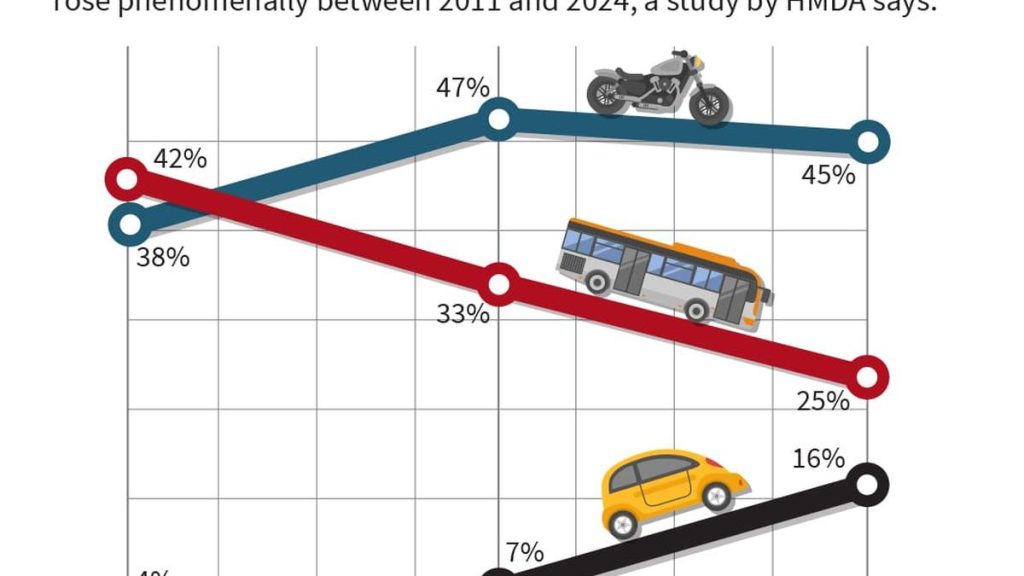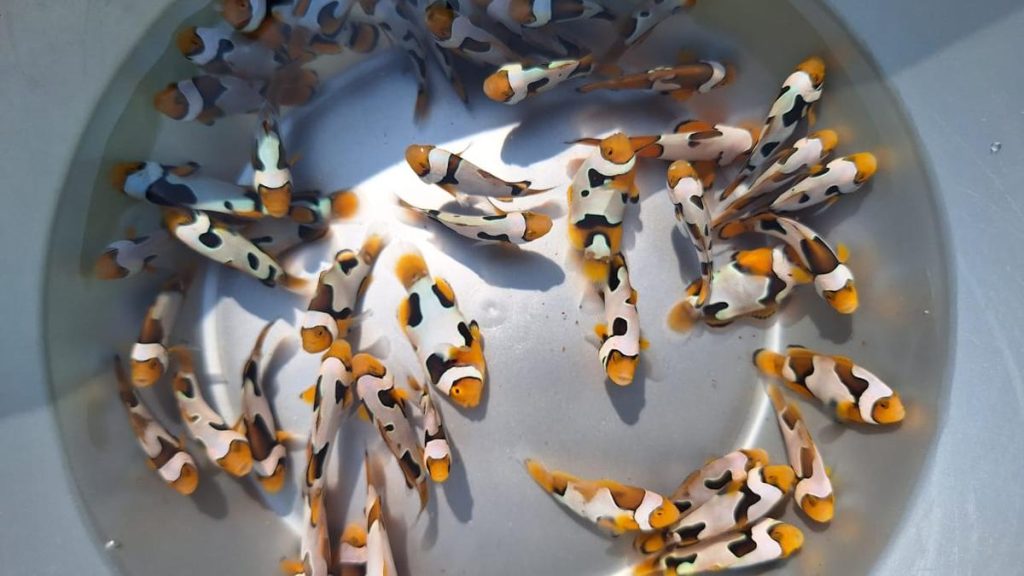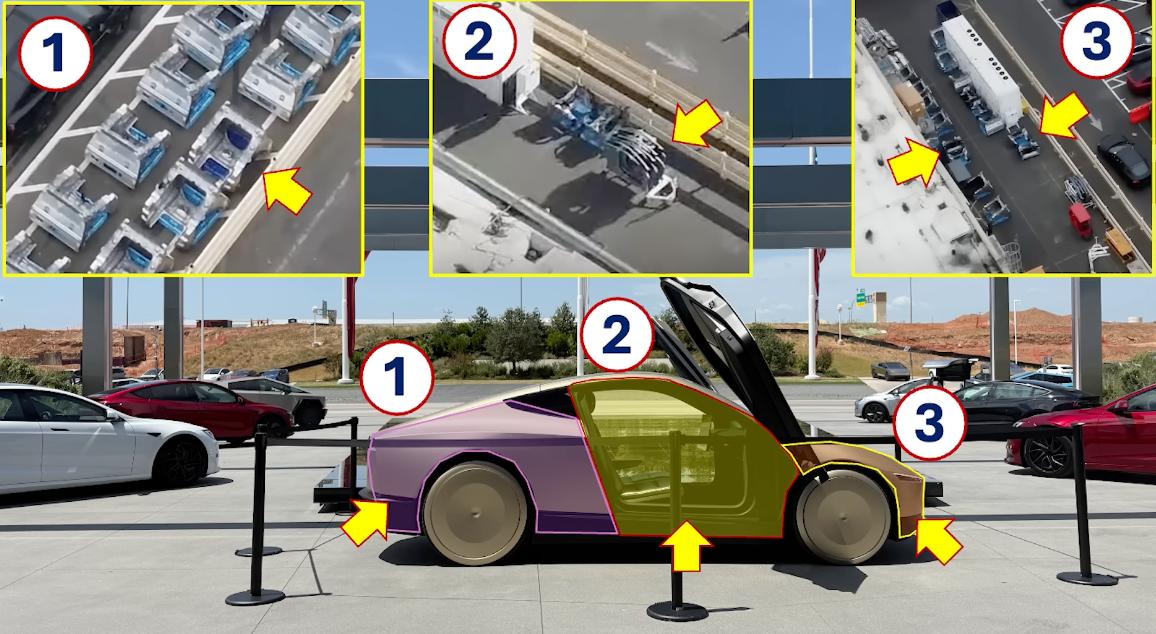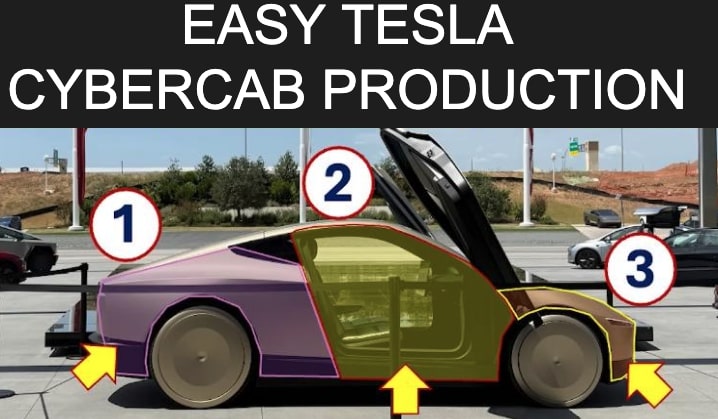Now Reading: OpenAI Plans Early GPT-6 Launch in 2026 to Tackle Concerns Over GPT-5
-
01
OpenAI Plans Early GPT-6 Launch in 2026 to Tackle Concerns Over GPT-5
OpenAI Plans Early GPT-6 Launch in 2026 to Tackle Concerns Over GPT-5
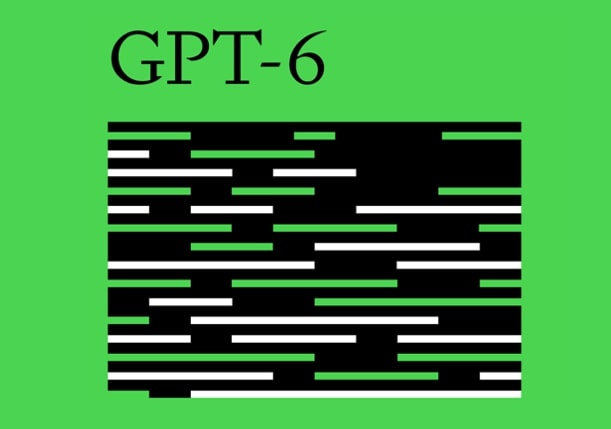
Quick Summary
- OpenAI has faced complaints regarding GPT-5’s model warmth and emotional engagement; efforts are underway to address these in GPT-6.
- Early speculation suggests a potential release of GPT-6 by early 2026, though no firm date is confirmed.
- OpenAI struggles with scaling chips and compute compared to competitors xAI and Google, impacting its ability to serve its billion users efficiently.
- Bottlenecks have limited the deployment of improved models already developed. OpenAI is prioritizing paid users while doubling its compute fleet in the coming months.
- Persistent memory features, user customization (defining AI personality or tone), and improved efficiency are highlighted as key user desires for future releases.
- The company increasingly relies on distillation techniques-creating smaller, efficient versions of larger models-to reduce costs while maintaining accessibility. Examples include GPT‑5 mini and nano.
Indian Opinion Analysis
The growth timeline for GPT‑6 highlights the competitive pressures within the AI industry as global companies race to balance scalability challenges with innovation. OpenAI’s bottlenecks suggest infrastructure limitations may hinder growth or compromise service quality for a billion-person user base.Prioritizing distillation methods underscores how emerging methods can make advanced systems more accessible without inflating computational demands.
For India, this trend carries importance: smaller yet efficient AI models could be better suited for adoption in diverse settings ranging from educational tools to government applications in underserved areas needing low-cost solutions. Moreover,increased customization options align well with India’s multilingual diversity-a step toward creating more inclusive technologies tailored for different linguistic groups and cultural nuances.


